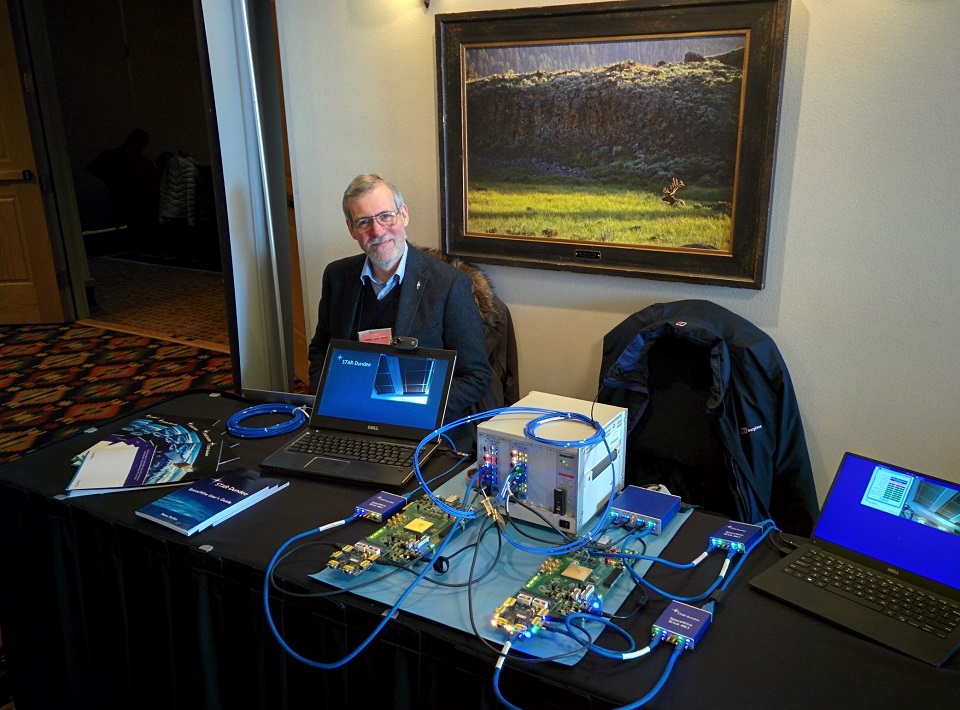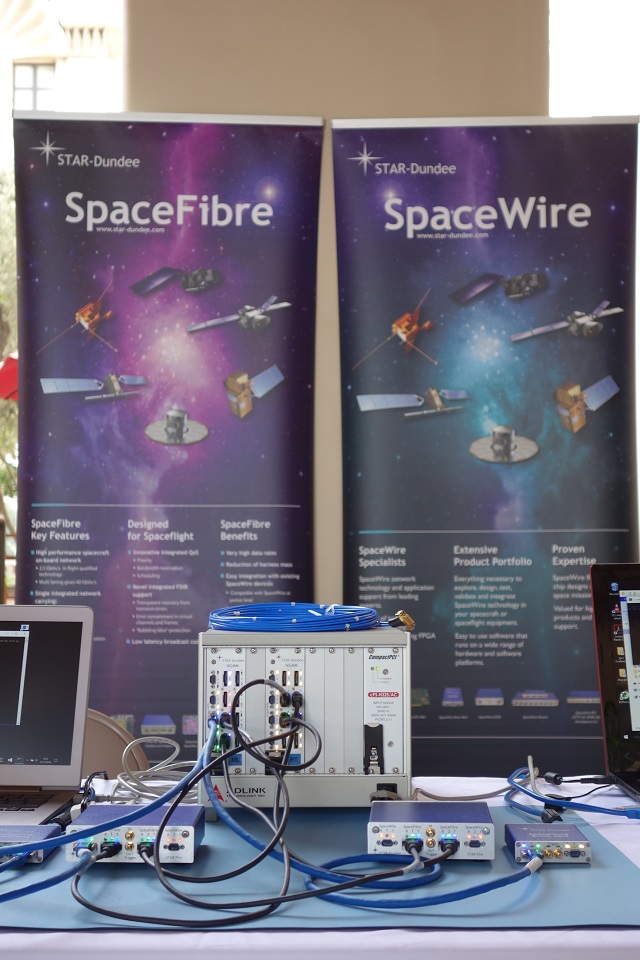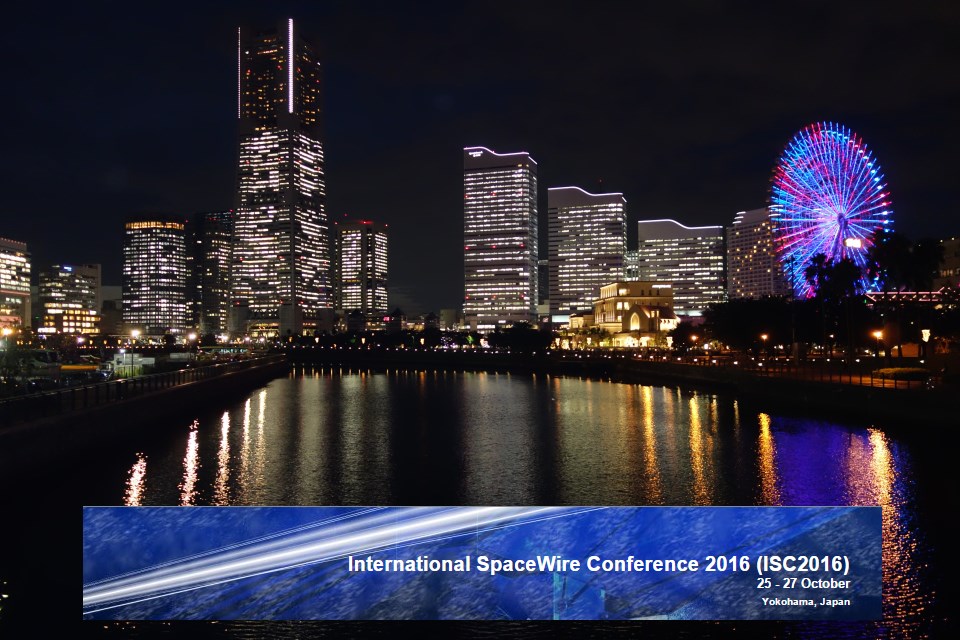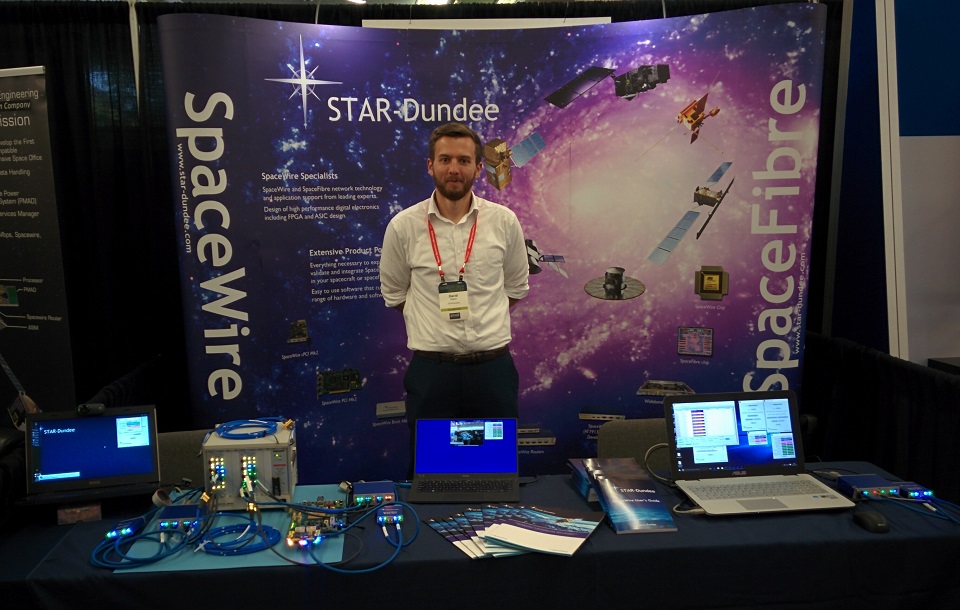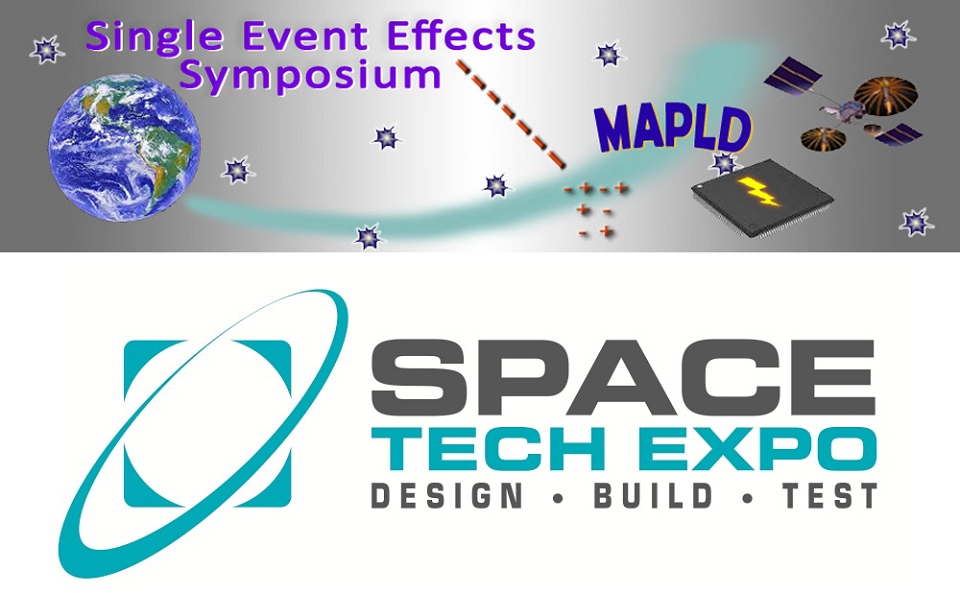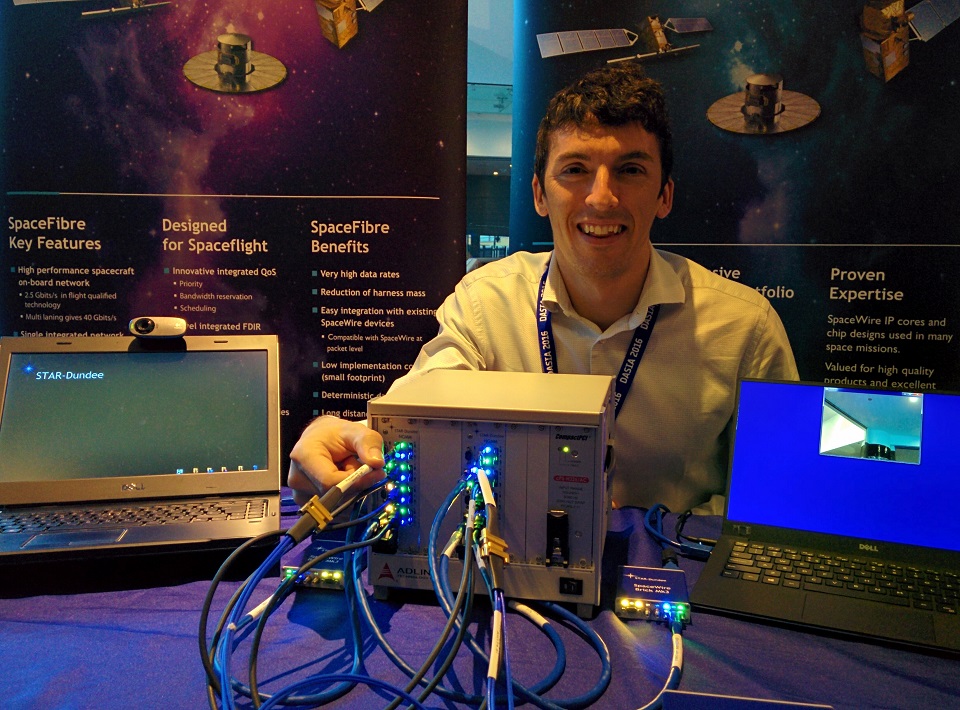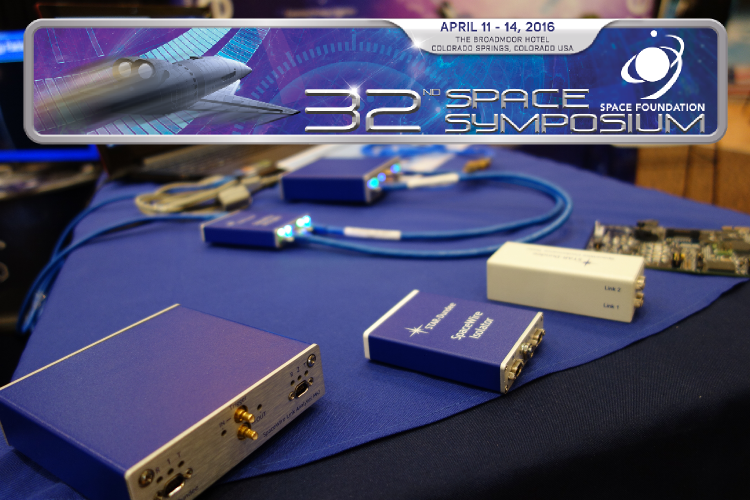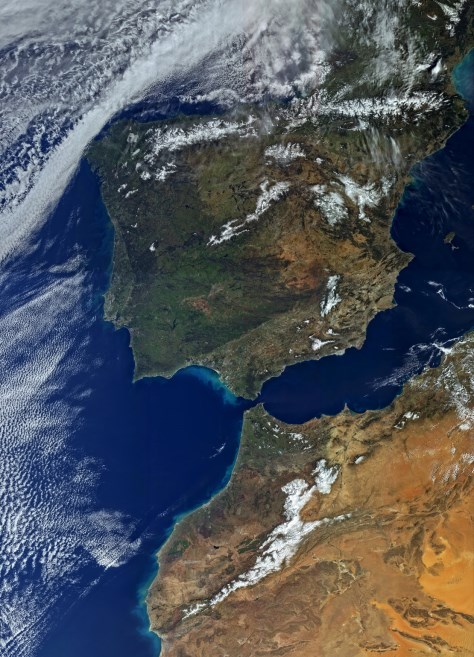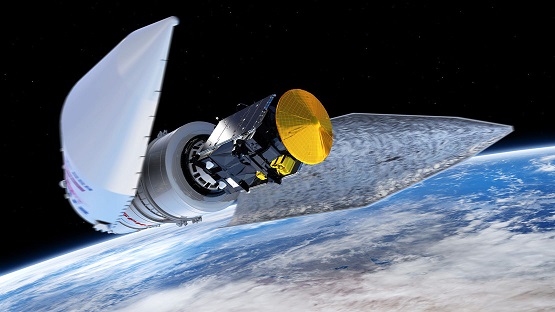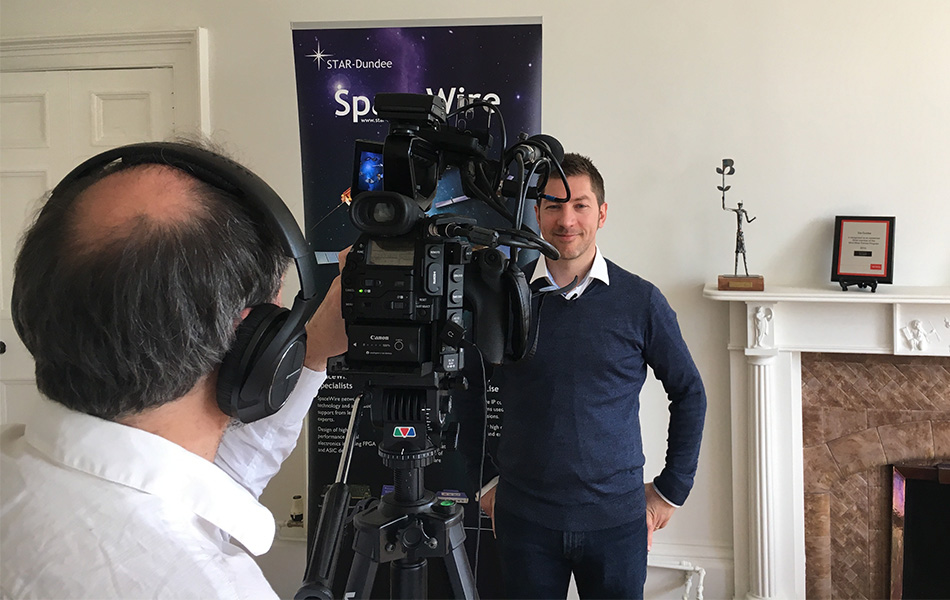
STAR-Dundee has partnered with Microsemi for this year’s Microsemi Space Forum. Space Forum 2017 starts this Thursday (18th of May) with a North American online event. As a partner of the Space Forum, STAR-Dundee have created a video demonstrating SpaceWire and SpaceFibre for the Microsemi RTG4. This will be premiered on Thursday as part of the online event.
Microsemi Space Forum partner videos including STAR-Dundee’s will be aired between 9:30-10:00, 11:15-12:15, and 14:00-14:30. All times are PST.
For more information and the agenda of the event please see Microsemi’s website: https://www.microsemi.com/spaceforum/space-forum#agenda
Register for this free event here: www.microsemi.com/spaceforum/space-forum
STAR-Dundee will also be exhibiting at Microsemi Space Forum, Europe in Noordwijk, Netherlands, on the 20th of June and Microsemi Space Forum, India at The Leela Palace, Bangalore on the 25th of July and Courtyard Marriott Ahmedabad, India on the 27th of July.
Check out all the 2017 events we will be attending on our home page.

